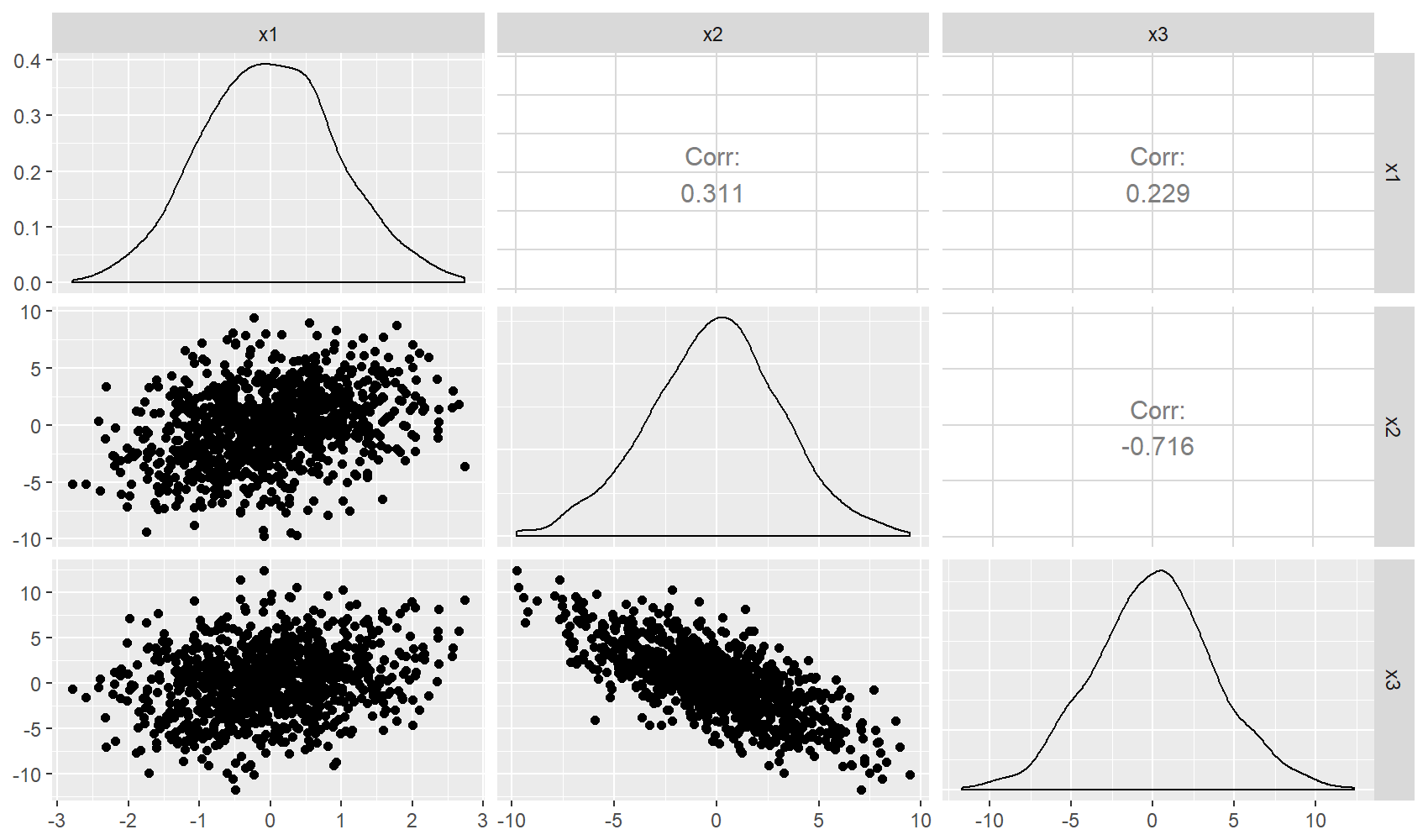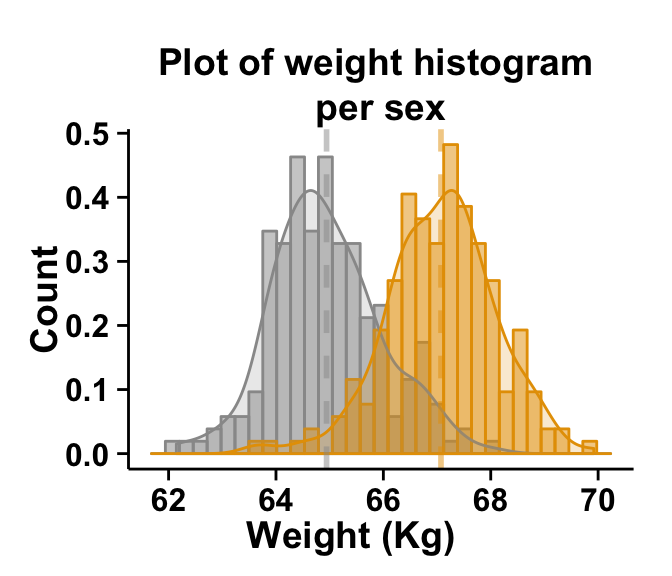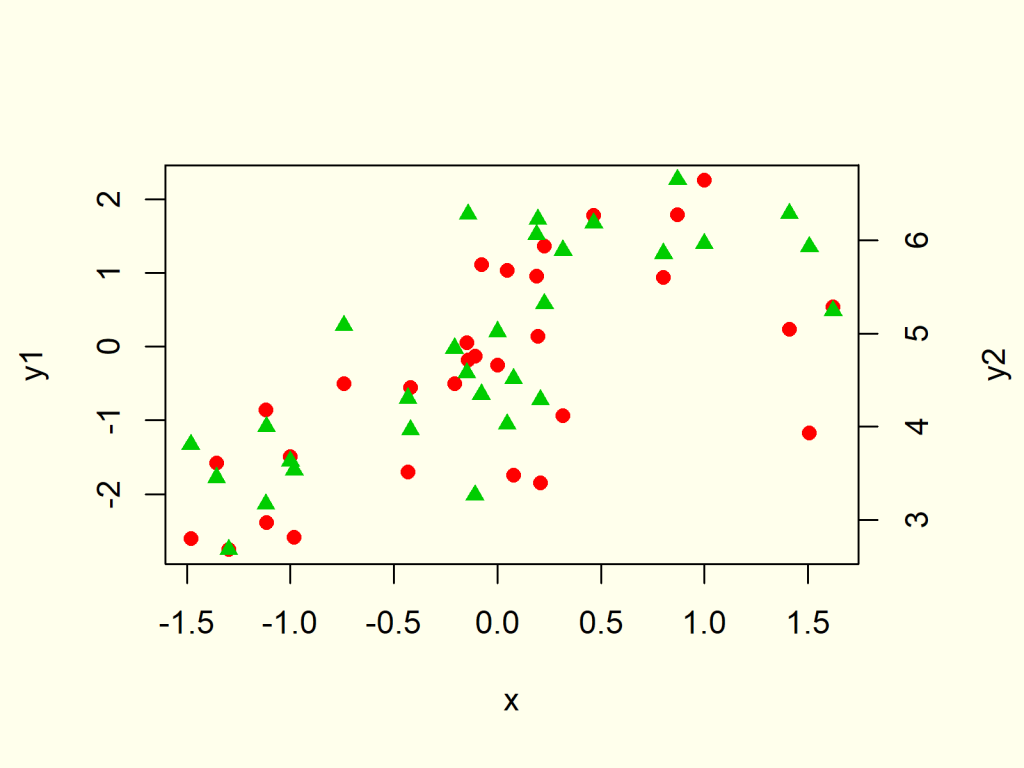
This option is not available for Multinomial Logit. See here and the references for more information. Relative Importance Analysis The results of a relative importance analysis. ANOVA Analysis of variance table containing the results of Chi-squared likelihood ratio tests for each predictor. Detail Typical R output, some additional information compared to Summary, but without the pretty formatting. Output Summary The default as shown in the example above. This is only available when Type is Linear. Robust standard errors Computes standard errors that are robust to violations of the assumption of constant variance (i.e., heteroscedasticity). See Regression - Quasi-Poisson Regression. Quasi-Poisson Appropriate for count outcomes. outcomes that take only positive integer values). Poisson Appropriate for count outcomes (i.e. Multinomial Logit Appropriate for a discrete outcome with unordered categories. Ordered Logit Appropriate for a discrete outcome where the categories have a natural order (e.g. Binary Logit Appropriate if the outcome is binary (i.e. Linear Appropriate for a continuous outcome variable. Type: You can use this option to toggle between different types of regression models, but note that certain types are not appropriate for certain types of outcome variable. Defaults to Regression but may be changed to other machine learning methods. Predictors The variable(s) to predict the outcome.Īlgorithm The fitting algorithm. Outcome The variable to be predicted by the predictor variables. Under Inputs > Predictor(s), select your independent variables Object Inspector Options Under Inputs > Outcome, select your dependent variable 3. Go to Insert > Regression > Multinomial Logit 2. The example below is a model that predicts a survey respondent’s preferred fast-food chain based on characteristics like age, gender, and work status.Ĭreate a Multinomial Logit Model in Displayr 1. When comparing similar models, the AIC can be used to identify the superior model. A larger number indicates that the model captures more of the variation in the dependent variable.ĪIC Akaike information criterion is a measure of the quality of the model. R-squared & McFadden’s rho-squared assess the goodness of fit of the model. A p-value under 0.05 means that the variable is statistically significant at the 5% level a p-value under 0.01 means that the variable is statistically significant at the 1% level. P-value expresses the t-statistic as a probability.

The values are highlighted based on their magnitude. The magnitude (either positive or negative) indicates the significance of the variable. T-statistic the estimate divided by the standard error. The smaller the standard error, the more accurate the predictions. Standard Error measures the accuracy of an estimate.

The coefficient is colored and bolded if the variable is statistically significant at the 5% level.

A positive number indicates a direct relationship (y increases as x increases), and a negative number indicates an inverse relationship (y decreases as x increases). To see a more detailed output with standard errors, t-statistics, and p-values, select Multiple imputation in Inputs > Missing data.Įstimate the magnitude of the coefficient indicates the size of the change in the independent variable as the value of the dependent variable changes. The format of the default summary output only shows the coefficient values. Both are shown in the multinomial logit output. Variable statistics measure the impact and significance of individual variables within a model, while overall statistics apply to the model as a whole. However, it is recommended that the predictor variables be scaled to lie between to improve the speed and convergence properties of the algorithm. The independent variables can be continuous, categorical, or binary - just as with any regression model. In Displayr, the best data format for this type is “Nominal: Mutually exclusive categories”. The key requirement for a multinomial logit regression is that the dependent variable is discrete with more than two outcomes. Note: this model is not the same as the conditional logit model commonly used in choice modeling see Choice Modeling - Hierarchical Bayes and Choice Modeling - Latent Class Analysis. It is also known as a multinomial logistic regression and multinomial logistic discriminant analysis. The Multinomial Logit is a form of regression analysis that models a discrete and nominal dependent variable with more than two outcomes (Yes/No/Maybe, Red/Green/Blue, Brand A/Brand B/Brand C, etc.). Model a discrete and nominal dependent variable with more than two outcomes (Yes/No/Maybe, Red/Green/Blue, Brand A/Brand B/Brand C, etc.).


 0 kommentar(er)
0 kommentar(er)
